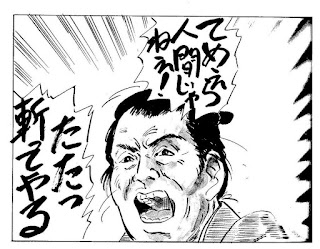There are 2 main religions in Japan. One is
Buddhism, the onother one is Shinto.
Yesterday, I was asked the question: Are Shinto
gods based on Buddhism?
This is tough question to explain in English
for me.
Generally, Shinto and Buddhism are separate
religions.
Shinto is the original Japanese religion in
which people worship nature gods, spirits, ancient heroes, and ancestors. No
one knows when it began, perhaps it was in primitive times.
Meanwhile Buddhism was introduced to Japan
in the 6th Century. In Buddhism people worship Buddha.
However, Buddhism and Shinto have been
combined sometimes throughout their history.
We respect ancestors in Buddhist temples,
and some temples enshrine gods of Shinto.
Some temples have shrines in their precincts,
some shrines have temple as well.
Before being introduced to Buddhism, Shinto
had never made figures and statues of
gods. But they were gradually made under the influence of Buddhism which has large number of statues.
They have deeply affected each other.
So I can’t answer to the question “Were
Shinto gods based on Buddhism?” with a yes or a no.. It’s roughly no, but there
are lots of exception.
*Notice* I talked about “Japanese”
Buddhism. Buddhism in each region is slightly or quite different.
Thank you for correcting me, Madox.




























